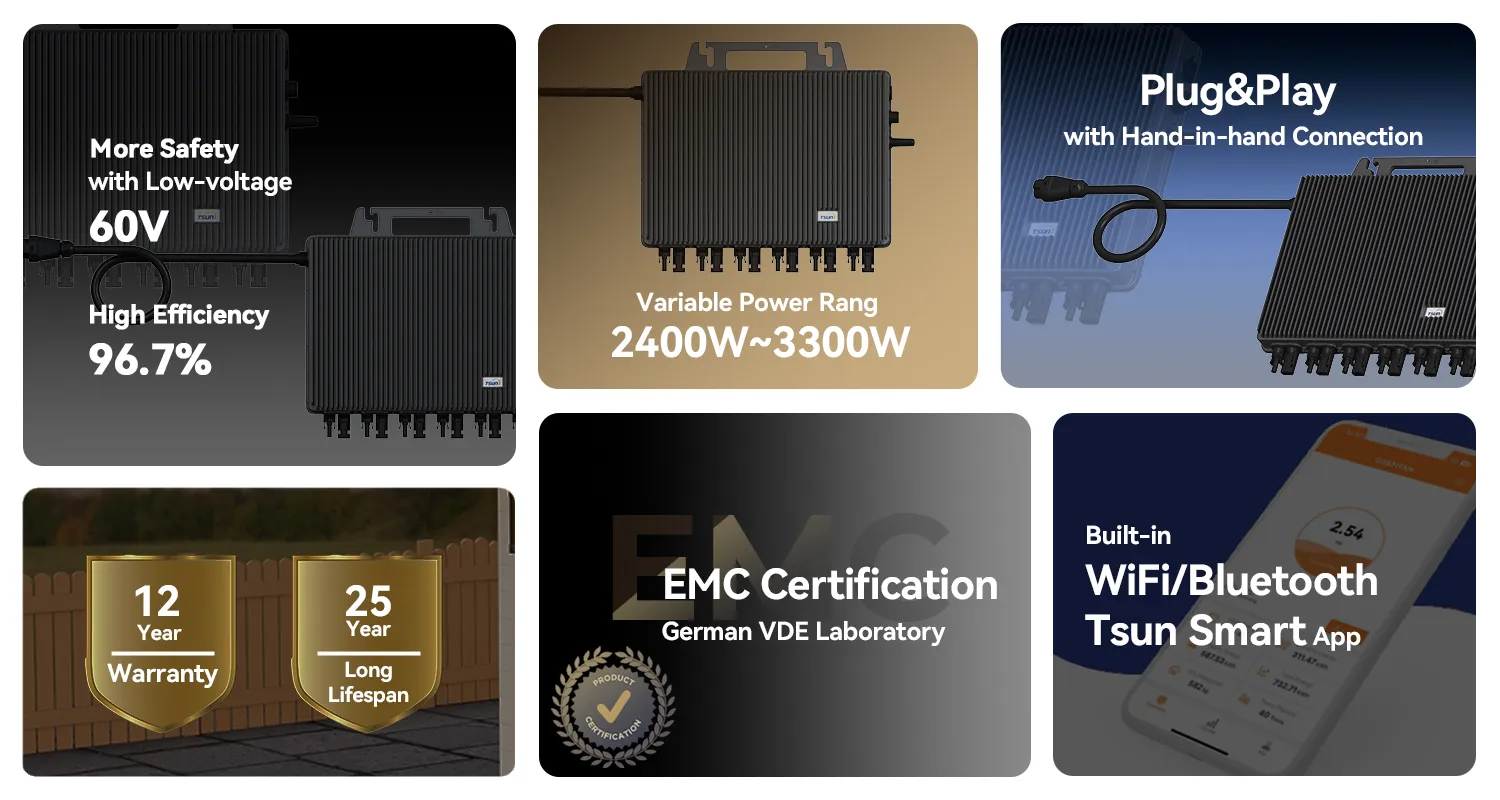In the rapidly evolving landscape of renewable energy, photovoltaic microinverters have emerged as a pivotal innovation, reshaping efficiency paradigms of solar power systems. Unlike traditional centralized string inverters, these compact devices are strategically mounted on individual solar panels, optimizing each unit's power output. This paradigm shift not only maximizes energy harvest but also enhances safety and system reliability, marking a transformative leap in photovoltaic technology, offering substantial advantages for residential and commercial solar installations.

The inherent design of microinverters addresses the inefficiencies typically associated with shadowing, soiling, or misalignment that often plague string inverters. By functioning independently, each microinverter ensures the optimal performance of its dedicated panel. This independence significantly mitigates energy losses prevalent in systems where a single inverter manages multiple panels, which can be adversely affected by even minor shading. In essence, microinverters enable a holistic approach to maximizing solar yield, translating to tangible increases in overall system efficiency.
From an expertise perspective, the deployment of photovoltaic microinverters enhances system design flexibility. Installations can now accommodate complex roofing structures without compromising efficiency, a key consideration for residential properties with architectural nuances. Moreover, since each panel operates autonomously, expansions and modifications to the system are significantly simplified, allowing for seamless scalability in line with evolving energy needs or budget considerations.

A critical advantage of adopting microinverter technology lies in its safety features. Unlike string inverters that typically operate at high DC voltages, microinverters convert the DC to AC immediately at the panel level. This dramatically reduces the risk of DC arc faults and potential fire hazards, thus bolstering overall system safety. Consequently, microinverters are often favored in residential settings where safety is a paramount concern for homeowners and installers alike.
photovoltaic microinverter
Authoritativeness in the photovoltaic domain often correlates closely with empirical performance data. Microinverters maintain a strong track record in terms of reliability and durability, with many models boasting impressive warranties that often extend up to two decades. This longevity not only underscores their robust engineering but also reflects the confidence manufacturers place in their ability to withstand harsh environmental conditions over time.
From a trustworthiness standpoint, real-world deployments and consumer testimonials consistently highlight the tangible benefits of microinverters in enhancing energy generation and system resilience. Their track record of enabling higher energy yields, combined with comprehensive monitoring capabilities available through integrated software platforms, empowers users with precise, real-time insights into their energy production dynamics. This granularity in monitoring not only aids in proactive maintenance but also encourages users to engage in energy conservation practices, further augmenting system value.
As the energy landscape continues to embrace decentralized solutions, the role of photovoltaic microinverters becomes increasingly prominent. Their unique ability to tackle inefficiencies head-on, coupled with safety enhancements and robust adaptability, makes them a quintessential component of modern solar energy systems. By aligning technological innovation with user-centric design, microinverters not only exemplify cutting-edge photovoltaic solutions but also reinforce trust among consumers seeking sustainable energy alternatives.
 LEARN DETAILS
LEARN DETAILS



